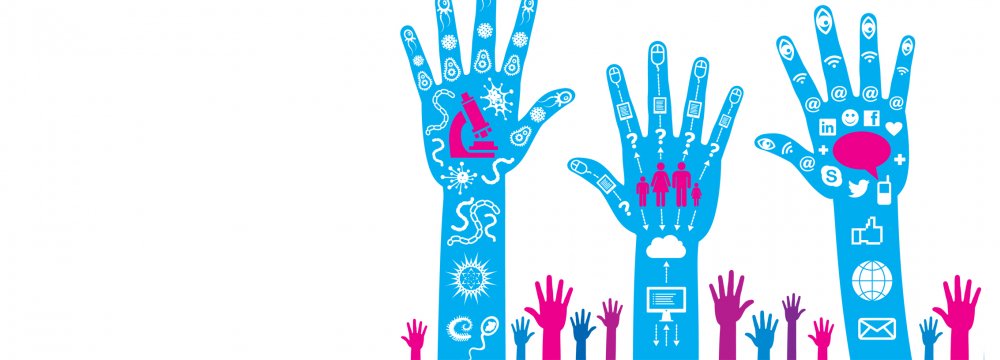The 8th International Rare Disease Day conference on February 26 with the slogan “Rare Disorders Without Borders,” aims to raise awareness on rare diseases across the world, and the medical and social challenges in the field.
The Rare Disease Foundation of Iran (RADOIR) will hold the meeting at the state broadcaster IRIB’s International Conference Hall in Tehran.
The annual gathering has been held since 2010 at the University of Social Welfare and Rehabilitation Sciences in Tehran. It was initially organized as a local event, but later joined the international movement, seeking to help improve healthcare quality for those suffering from rare diseases in Iran by providing medical support and preventive healthcare.
“We have held meetings on a global scale with pharmaceutical companies and representatives of European associations for rare disease patients,” said Dr. Ali Davoudian, founder of RADOIR, according to the foundation website.
“This year, we have invited international figures and senior officials. The presence of well-known scientific figures will be significant in discussions on treatment of rare diseases and prevention,” he added.
7,000 Types
A rare disease is any disease that affects a small percentage of the population (1-5 in every 10,000 people). Most rare diseases are genetic, and thus are present throughout the person’s entire life, even if symptoms do not immediately appear.
As rare diseases, and many times the symptoms, are uncommon and unfamiliar to most doctors, they represent a large medical challenge along with the lack of financial support to treat or cure them.
There are approximately 7,000 different types of rare diseases and disorders worldwide and nearly 200 have a higher incidence. About 50 types of rare diseases have been identified in Iran with the most common being immunodeficiency and epidermolysis bullosa (EB), Davoudian was reported as saying by Mehr News Agency.
About 80% of rare diseases are genetic in origin, and approximately 50% of those affected are children, 30% of whom don’t live to see their 5th birthday.
In Iran, rare diseases occur more frequently in Kordestan, Sistan-Baluchistan, and other southern provinces. Medical experts believe that marriage within families, environmental factors like pollution and dust storms, and other factors such as the 1980-1988 Iran-Iraq war that affected residents of these areas the worst could be the reasons for exacerbating the rate of incidence in these regions.
Rare diseases are responsible for 35% of deaths in the first year of life, and 80% of all rare disease patients are affected by approximately 350 rare diseases. Global sources say approximately 50% of rare diseases do not have a disease specific organization supporting or researching the diseases.There are 1.2 million Iranians living with rare diseases, and 75% are children.
Improving Quality of Life
RADOIR was established in 2008 as a non-profit nongovernmental organization seeking to improve the quality of life of patients with rare diseases as well as raising awareness of its impact on patients, their families and the society.
The foundation supports 3,000 rare disease registered patients in Iran who receive free services at its medical centers across the country. It has also has provided insurance coverage for 500 patients.
RADOIR’s main objectives include empowerment of rare disease NGOs; supporting patients and facilitating access to information, innovative treatments and healthcare; supporting scientific research in the field; and improving the quality of life for rare disease patients by holding educational programs.
The foundation is also planning to create a database for rare diseases to enable drawing a map for distribution of these diseases in Iran, and thus help improve applied research programs in scientific and educational centers in various regions in line with the specific diseases associated with each region.
In 2010, RADOIR was officially registered in the list of partners of Rare Disease Day established in 2008 by EURORDIS, a non-governmental patient-driven alliance of patient organizations and individuals active in the field of rare diseases.
The Rare Disease Day is annually observed on the last day of February to raise awareness for rare diseases and improve access to treatment and medical representation for individual with rare diseases and their families. Although active in the countries of the European Union, EURORDIS has accepted RADOIR as an honorary member.






Add new comment
Read our comment policy before posting your viewpoints